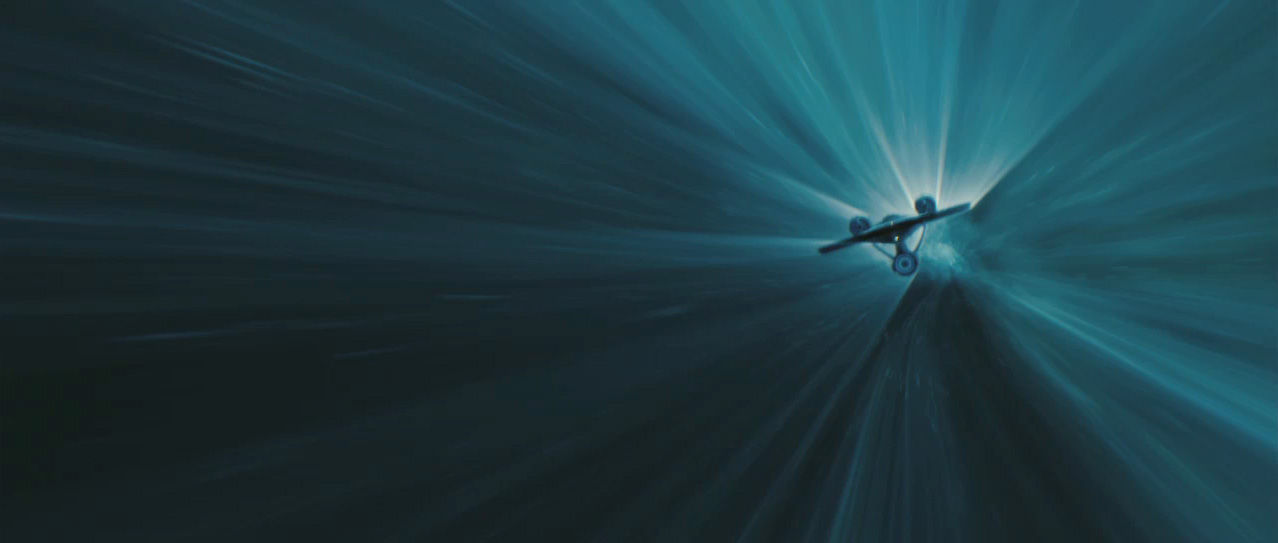Ever wondered how realistic the warp-drive FX are in ST, at least in terms of how the stars streak by when the ship is in warp?
I think everyone understands that it's totally drama-driven- even in First Contact, the Warp-1 flight from Earth out to near Jupiter has the FX of stars streaking by the ship as it simply moves through the solar system.
As an experiment, I used the free-fight function in Celestia to drive myself around the cosmos at varying speeds. It's actually pretty fun to do- you can warp yourself right out of the visible universe if you choose to, or just putter around the solar system.
Here's the kicker, though: space is VAST. More so than we can really wrap our heads around. Using the TOS scale, cruising at Warp 6 from Earth to Vulcan (a distance of 16 light years give or take, if you go with the old assumption that Vulcan is at 40 Eridani), you are moving at 216 times the speed of light. At this speed, Earth to Vulcan is a 27 day trip- remember, that is at the NCC-1701's standard cruising velocity! (This thread isn't to debate all the different stuff we've seen like Earth to Kronos in four days, etc).
Now here's the thing- doing this in Celestia, the starfield doesn't move hardly at all while you are in flight. In order to get the starfield to move in an approximation of what you see on the main viewer in TOS, you have to kick the speed up to about 3.5-4 LY PER SECOND! That is orders of magnitude faster than even TNG ships travel at on the new TNG warp scale- far in excess of Warp 9. Also, at that speed, Earth to Vulcan takes less than 5 seconds! (Which, I suppose, is more like the speed of plot! )
)
Anyway, had a lot of fun messing with it and thought I'd throw it out there for people to play with if they use any sort of stargazing / planetarium software with the same capabilities.
I think everyone understands that it's totally drama-driven- even in First Contact, the Warp-1 flight from Earth out to near Jupiter has the FX of stars streaking by the ship as it simply moves through the solar system.
As an experiment, I used the free-fight function in Celestia to drive myself around the cosmos at varying speeds. It's actually pretty fun to do- you can warp yourself right out of the visible universe if you choose to, or just putter around the solar system.
Here's the kicker, though: space is VAST. More so than we can really wrap our heads around. Using the TOS scale, cruising at Warp 6 from Earth to Vulcan (a distance of 16 light years give or take, if you go with the old assumption that Vulcan is at 40 Eridani), you are moving at 216 times the speed of light. At this speed, Earth to Vulcan is a 27 day trip- remember, that is at the NCC-1701's standard cruising velocity! (This thread isn't to debate all the different stuff we've seen like Earth to Kronos in four days, etc).
Now here's the thing- doing this in Celestia, the starfield doesn't move hardly at all while you are in flight. In order to get the starfield to move in an approximation of what you see on the main viewer in TOS, you have to kick the speed up to about 3.5-4 LY PER SECOND! That is orders of magnitude faster than even TNG ships travel at on the new TNG warp scale- far in excess of Warp 9. Also, at that speed, Earth to Vulcan takes less than 5 seconds! (Which, I suppose, is more like the speed of plot!
 )
)Anyway, had a lot of fun messing with it and thought I'd throw it out there for people to play with if they use any sort of stargazing / planetarium software with the same capabilities.



